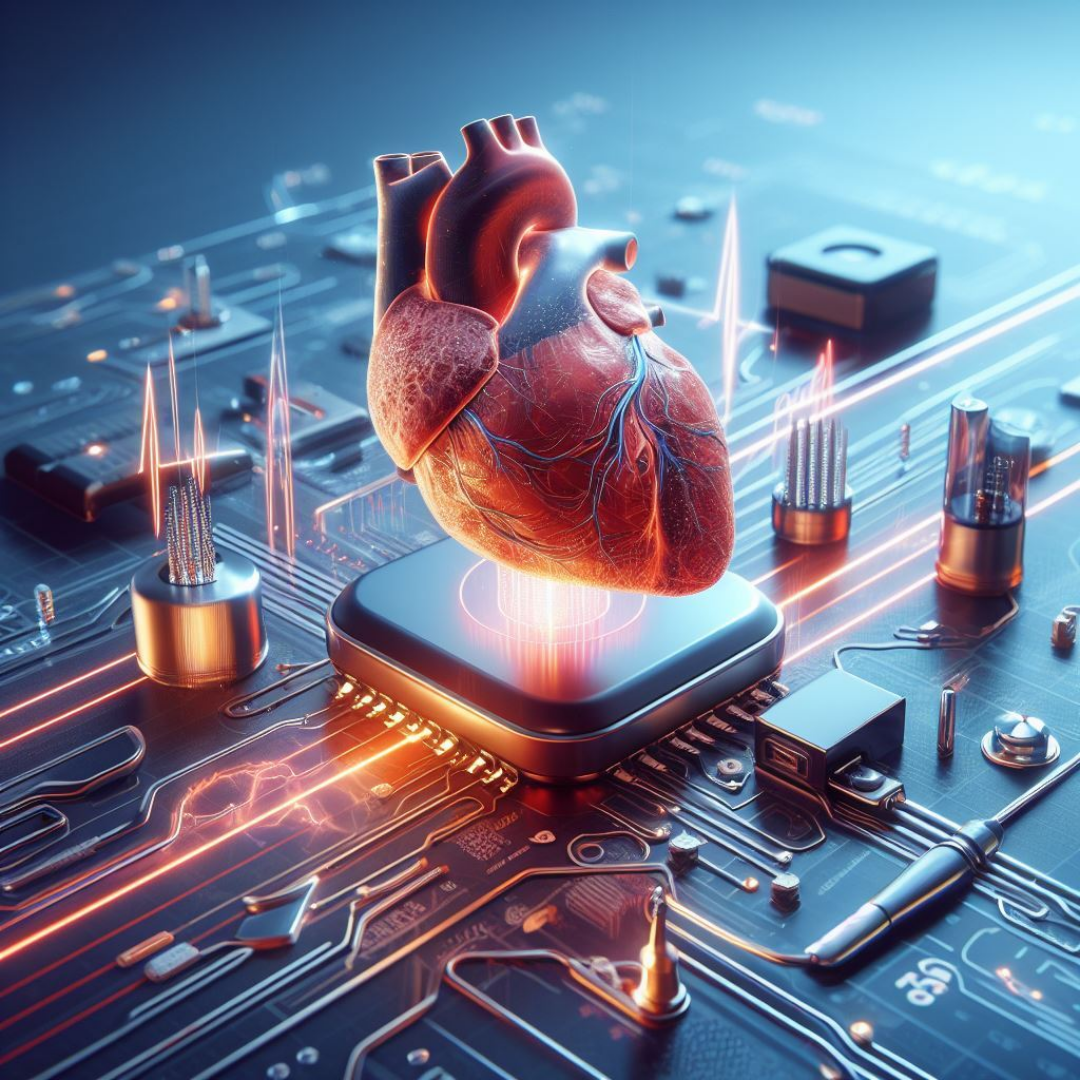A wireless pacemaker that can partly recharge its battery by converting mechanical energy into electrical energy has been unveiled by researchers at University of Washington in Seattle.

A wireless pacemaker that can partly recharge its battery by converting mechanical energy into electrical energy has been unveiled by researchers at the University of Washington in Seattle. This is a ground-breaking development.
The innovative technology was presented at the American Heart Association’s Scientific Sessions 2023, a renowned global platform for cutting-edge advancements in cardiovascular science.
Lead author Dr. Babak Nazer, an associate professor of medicine, explained that the concept revolves around harnessing the interplay between mechanical and electrical energy. By engineering specialized materials onto implantable medical devices, the heart’s natural oscillating pressures can be transformed into voltage, effectively extending the lifespan of the pacemaker battery.
Traditional pacemakers rely on tiny wires, or leads, connecting to the heart and a generator housing the battery beneath the skin. In contrast, wireless pacemakers are self-contained devices residing entirely within the heart’s right ventricle, inserted via a vein in the leg. However, the challenge with leadless pacemakers lies in the difficulty of battery replacement, unlike their traditional counterparts.
The study involved the development and testing of three prototype devices in a cardiac pressure simulator, emulating conditions in the right ventricle. These prototypes, similar in size to commercially available leadless pacemakers, demonstrated promising results, with an energy output equivalent to approximately 10% of what’s required for the subsequent heartbeat.
Dr. Nazer emphasized the next steps in optimizing materials and fabrication processes to enhance energy harvesting efficiency. The goal is to partner with major pacemaker companies to integrate this groundbreaking design into existing wireless pacemakers. The aim is to not only further extend battery life but also broaden access, particularly benefiting younger patients who may require fewer implants over their lifetime.
According to the American Heart Association, in 2018, an estimated 93,000 pacemaker and defibrillator procedures were performed for inpatients in the United States. This experimental study holds significant promise for improving patient outcomes, potentially reducing the need for frequent procedures due to the smaller size and extended lifespan of the wireless pacemaker.
However, it’s important to note that this study represents an initial step in experimental device development, and further research is needed to ensure the technology’s safety and durability in humans. Future iterations will also focus on addressing the energy demands associated with monitoring and communication functions of the pacemaker.
This pioneering advancement in pacemaker technology signifies a potential revolution in cardiac care, offering hope for longer-lasting and more efficient devices that could significantly enhance the quality of life for patients worldwide.